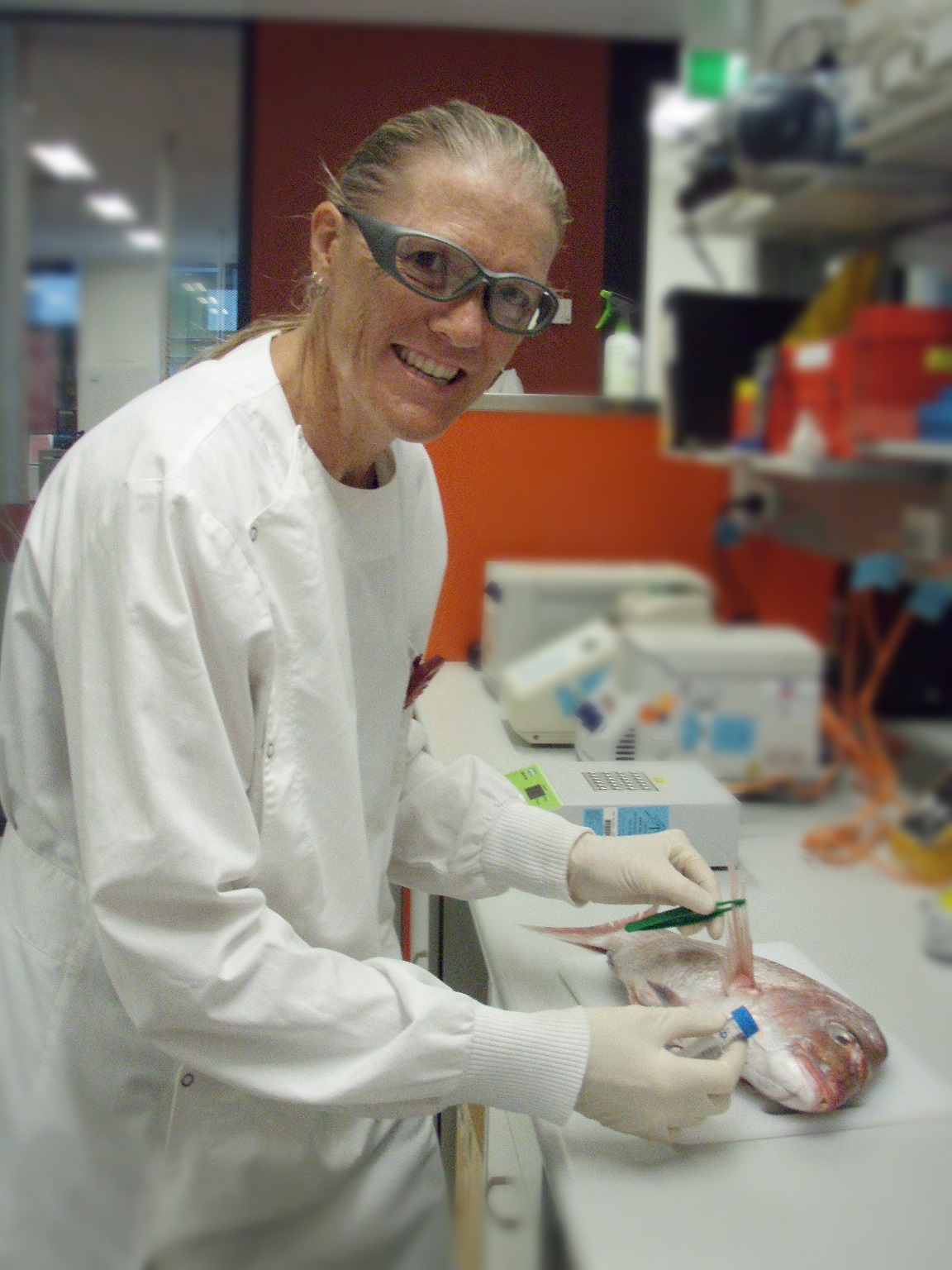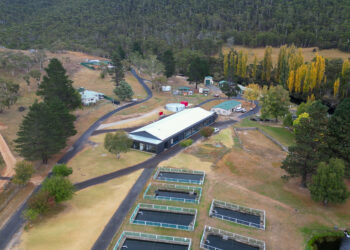
NEW research shows there are two genetically different snapper stocks off the Australian east coast, where it was previously believed all snapper were part of a single stock.
Queensland Department of Agriculture and Fisheries (DAF) scientist, Dr Jess Morgan, said this was the first project to use fine-scale sampling and highly variable genetic markers to measure the number of genetically distinct snapper stocks that occur off eastern Australia.
“Our research shows one snapper stock is found off the coast of Queensland and New South Wales and that a second, genetically different snapper stock is found from southern New South Wales south to Victoria and Tasmania,” Morgan said.
“We found a high level of genetic mixing among sites in the northern stock, which is good news if a depletion occurs at a local level as the stock’s genetic diversity would still remain in neighbouring populations.”
Fishers collected 470 snapper fin-clip samples from nine locations off Queensland, New South Wales, Victoria and Tasmania; highly variable genetic markers in the fin clips, called microsatellites, were screened to look for differences among sampled locations.
Dr Morgan said the microsatellite data were analysed using a number of different methods, all of which confirmed the two distinct genetic stocks.
“The two stocks meet and mix around Eden in southern New South Wales,” she said.
“The location of the boundary separating the genetic snapper stocks appears to have shifted further south since the mid-1990s when a different type of marker, allozymes, detected a genetic break north of Sydney.
While it’s likely that the location of the boundary separating the stocks varies depending on the East Australian Current, and other environmental conditions that influence fish movement, knowing where these stocks interact provides important information that can be used in future snapper sustainability assessments.
Senior Fisheries Scientist with DAF, Dr Wayne Sumpton, said the research showed the importance of consistent data and methods being used across jurisdictions for stock status assessments.
“Part of the challenge in assessing the sustainability of east coast snapper as a whole has been that different jurisdictions often take different approaches to assessment and use different criteria for defining stock status,” he said.
“This project seeks to address this by providing a database of consistent, standardised information including snapper catch data, size and age of fish as well as biological information such as growth and spawning data from Queensland, New South Wales, Victoria and Tasmania.
“This database will be particularly useful for Queensland and New South Wales as the data can be used to model the entire stock rather than each state doing their own modelling and stock status assessment.”
This research is part of the Inter-jurisdictional Snapper Management in Eastern Australia project funded by the Fisheries Research and Development Corporation and the Queensland, New South Wales and Victorian governments.
For more information about the project visit www.frdc.com.au
















